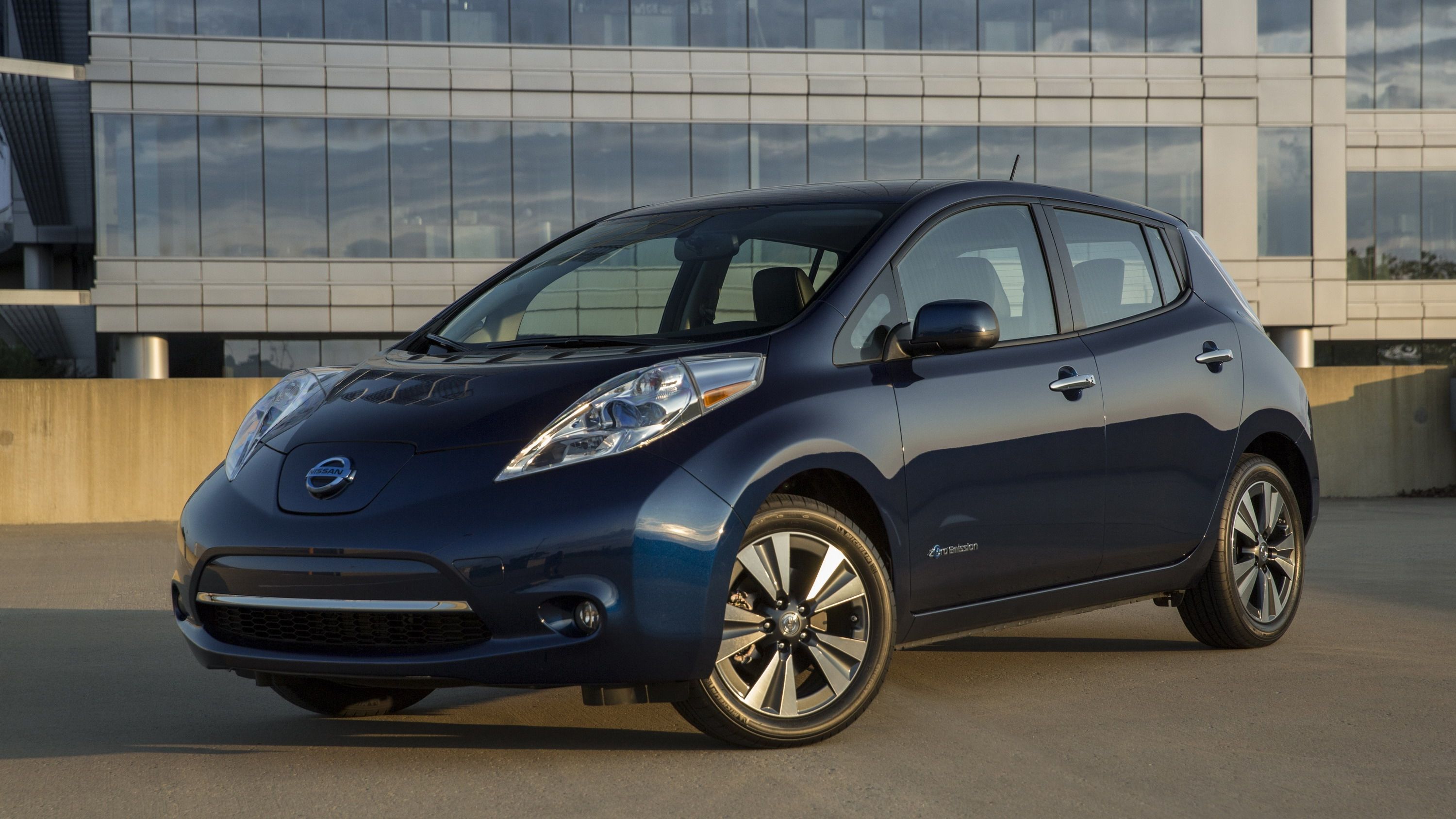When it comes to electric cars, the biggest turn off is the low range associated with most models. The Nissan Leaf, for instance, comes standard with a 24 kWh battery pack that offers just 84 miles of range between charges. Of course, there’s the Leaf SV that comes with a 30 kWh battery and a total range of about 107 miles, but to get that model (and the extra 23 miles of range that comes with it,) you have to shell out an extra $5,190. All of that is about to change, however, as a new order guide has revealed that the 24 kWh version of the Leaf will no longer be offered. But, that doesn’t mean you’ll have to shell out $34,200 to get into a new leaf.
Instead of dropping the entry-level Leaf altogether, Nissan got the bright idea to ax the 24 kWh battery and replace it with a 30 kWh battery. But to go along with that, the price for the entry-level Leaf S is also being increased by $3,440 to a total of $32,450. That makes the entry-level model just $1,750 cheaper than the mid-range Leaf SV. The Quick Charge Package is also now included as a standard feature, which surely helps Nissan feel justified in that massive price hike.
In fairness, the Leaf has performed quite well in comparison to other electric models in the first half of 2016. According to Green Car Reports 5793 examples of the Leaf were sold through June 30, 2016, only being outsold by the Tesla Model S, Chevy Volt, Ford Fusion Energi PHEV, and the Tesla Model X. Competitors like the Fiat 500e, Volkswagen e-Golf, and Soul EV all failing to reach even half of the Leaf’s total sales through the end of June. Nissan did tell Read our full review on the Nissan Leaf here. that if a customer still wishes to purchase a Leaf S with a 24-kWh battery, he or she can visit the Nissan USA website or their local dealer to locate a 24-kWh model.
Smart Move or Bad Decision
Nissan did deserve to wear the dunce cap when it attempted to steal Tesla’s customers with that hilarious ad a while back. Be that as it may, the Leaf has still performed pretty well among its competitors, earning itself 5th among all EV models sold between January and June of 2016. And, even with a range of just 84 miles, the Leaf had one major selling point: price. With a starting price of $29,010, the Leaf S was cheaper than both the Kia Soul EV and the Fiat 500e. In fact, it was $2,940 cheaper that the Soul EV and $2,790 cheaper than the 500e. The sacrifice? Well, the Soul EV offered 9 miles of range more while the 500e offered just 3 miles more. In the name of saving money, the Leaf was the way to go. All that has changed now as the Leaf now commands $500 more than the Soul EV and $650 more than the 500e. OF course, the Leaf now comes standard with more range than either, which ultimately gives you more bang for your buck, but it’s now well over that crucial $30,000 price barrier.
In a sense, Nissan simply changed the focus of the Leaf from being more affordable than the competition to have just a little more range. Rumor has it that the next-gen Leaf, which is expected to debut for the 2018 model year, could have as much as 200 miles, which would allow it to compete better with the big boys – ideally the Chevy Bolt EV, Renault Zoe, and even the Tesla Model 3. I still think that that massive price increase will hurt the Leaf a bit, but it should be able to soldier on until the next-gen model hits dealers. Until then, here’s how the Leaf stacks up against most of the competition.
What do you think? Did Nissan shoot itself in the foot by upping the price so much, even with the now standard 30-kWh battery and Quick Charge Package? Let’s talk more about it in the comments below.
Read our full review on the Nissan Leaf here.

